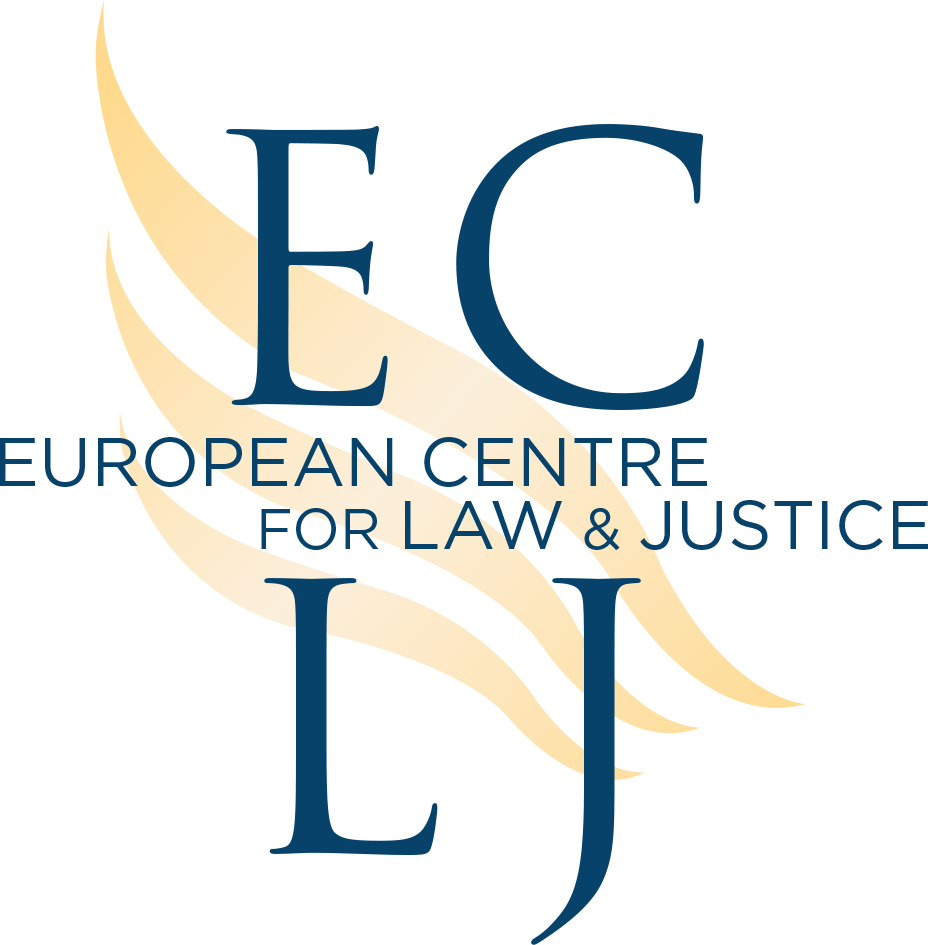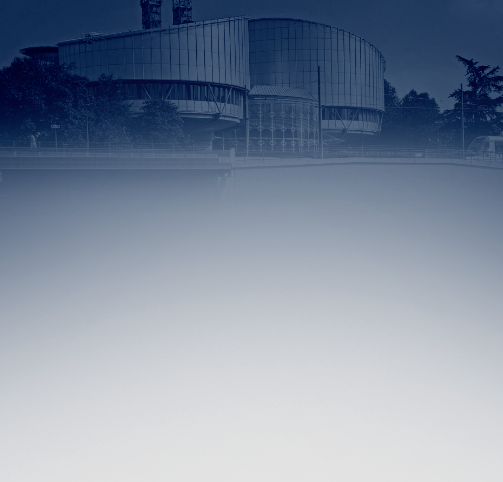

The Privatisation of International Law, About Gaëtan Cliquennois' book
The Privatisation of International Law
The privatisation of international law
about the book of Gaëtan Cliquennois
Gaëtan Cliquennois is an academic in charge of research at the CNRS. In 2020, he published European Human Right Justices and Privatisation - The Growing Influence of Foreign Private Funds published by Cambridge University Press. The aim of the author is to study the way in which these private foundations influence European jurisprudence and then to understand the political and economic impact this can have on nations and international relations. Gaëtan Cliquennois thus defends the thesis that human rights have been privatised by neo-liberal interests that are far more interested in their commercial interests than in philanthropy.
The formation of neo-liberal influence groups
Between 2006 and 2015, more than $138 million were spent by four foundations particularly involved in international "advocacy". These are the Ford Foundation, the MacArthur Foundation, the Oak Foundation and the Open Society Foundations (pp.61-63).
The Ford Foundation was founded in 1936 by Edsel Ford. It is the second largest foundation in the United States. Every year, it makes $500 million in grants to its causes. It has been funding legal actions since 1960 and began funding actions in Eastern Europe before the ECHR in 1990. The MacArthur Foundation was founded in 1970 by John MacArthur. It is the twelfth largest foundation in the United States. The Oak Foundation, founded in 1983 by Alan Parker, is a group of charities in several countries that also exerts influence by funding NGOs specialising in advocacy before European courts. Finally, Open Society Foundations was founded in 1979 by Georges Soros. The main NGOs cited by the author and that are funded by these foundations are the Open Society Justice Initiative, the Memorial Human Rights Centre, the European Human Rights Advocacy (EHRAC), the International Protection Center (IPC), the Nizhny Novgorod Committee against Torture (NNCAT), AIRE Centre, the Helsinki Committees, the European Roma Rights Centre (ERRC), Interights and Article 19. Other NGOs listed below are also funded by these foundations. It should be noted that these NGOs are not only funded by private foundations. Some states also provide support to them through their embassies; these include, according to the author, the Netherlands, the United Kingdom, Sweden, Norway and Switzerland (p. 65). This is a simple way for these States not to be directly involved in inter-State cases against Eastern European countries that are dealt with by the Court and which would have constituted a political and diplomatic risk. It can also be interpreted as a means for these states to distract the attention of European courts from human rights violations that they themselves have committed. It may also be a means to obtain the condemnation of their political and economic adversaries since judicial sanctions against States may have geopolitical interests for their opponents (pp.258-259).
A clear influence on European courts
In addition to exerting influence by submitting petitions and intervening in proceedings, the author explains that the Open Society Justice Initiative and the International Commission of Jurists also influence the process of appointing judges by recommending that NGOs be allowed to participate in it (p.158). He also notes that some judges come from these foundations and NGOs. Most often they come from Eastern European countries where large foundations have made the highest level of investment, he mentions judges from Bulgaria, Albania, Croatia, Ukraine and Romania (pp.159-160). He also points out that these foundations influence decisions as they sometimes have a monopoly in the presentation of facts. In particular, he cites Human Rights Watch, entirely funded by OSF, the Ford Foundation and the Oak Foundation, which produces reports on human rights violations by certain states. These reports are then quoted by the ECHR in its judgments in support of its arguments (p. 138). Private foundations have proceeded methodically by creating and funding their own strategic litigation teams. From the case law of courts throughout Europe to the appointment process and reforms in the management of European courts, this private influence is questionable. In particular, it raises questions about the impact that these foundations can have in international relations and on the creation of law in general, the issue at stake being the independence of the European judiciary and the protection of fundamental rights in Europe. Having analysed this, Mr. Cliquennois wonders why there has been no desire for regulation either by the European courts, the Council of Europe or the institutions of the European Union. For him, the reason is that these same institutions, which finance these NGOs, allow the European courts to increase "their judicial activities and power through the investments made by private foundations on which they have become dependent" (p.261).
Strategic litigation and ideological orientation: confiscation and privatisation of law
Mr. Cliquennois analysed the main themes which the foundations are fighting for and in which pilot judgements have been obtained. These mainly concern political cases on discrimination in various aspects, the fight against terrorism, criminal and detention policies, violations of freedom of demonstration for political opponents, protection of privacy, the right to legal abortion, freedom of the press and expression, the rights of sexual minorities (p. 65). He notes that the main foundations are only interested in certain issues in specific countries (Russia and Eastern Europe). Applicants who do not benefit from the support of these major foundations are then often marginalised in their access to justice. He believes that this can lead to a confiscation and privatisation of the human rights system. In his view, this phenomenon is even more reinforced in the case of pilot judgments, since the procedure favours NGOs with the most resources and the capacity to deal with and argue a large number of cases (p.19).
The author considers that if the purpose of litigation conducted by large foundations is, in a classical way, to establish judicial precedents, he states that the objective is rather to "stimulate social changes connected with and close to their interests" (p. 241). To demonstrate this, he has analysed some of the judgments of the European Court of Human Rights in favour of free markets and free trade. For him, the concentration of applications in specific themes and countries raises the question of the relationship between the litigation undertaken and the economic and political interests pursued by private foundations. This question arises even more since the analysis of the CVs of the members of the boards of directors of these NGOs does not reveal profiles of philanthropists, on the contrary. "International litigation is rather dominated by US capitalists with neoliberal profiles [...] and by people with excellent knowledge of Eastern countries and Russia in particular" (p. 242). The founders and owners of foundations are also no philanthropists or human rights specialists, but very wealthy businessmen. The author then wishes to demonstrate that "human rights help private donors to do business and make economic speculation in a more discreet way" (p. 242). This would make the human rights system "a real business run by businesspeople and politicians endorsing a free-market and neoliberal views rather than a pure philanthropic domain dominated by idealists, utopians, NGO activists and cause lawyers" (p. 243). He considers that this private influence raises the question of the capture and privatisation of European justice for the benefit of neo-liberal interests. Indeed, these large foundations run by neo-liberal interests most often manage to obtain landmark judgements. Thus, it can be observed that the disputes financed by these foundations concern countries that are considered by them as "political and economic enemies of free trade, private markets and borderless capitalism"(p. 252). Eastern European countries and Russia are most often confronted with ECHR judgements and disputes initiated by NGOs. For Mr. Cliquennois, the politicisation of these influenced judgements is what induces tensions between the ECHR, the Council of Europe and these countries (notably Russia, Hungary, Poland and Azerbaijan). Nevertheless, he considers that the NGO strategy is counterproductive for the protection of human rights because the targeted states accentuate their policies and attack these NGOs by prohibiting or firmly controlling their activity (p. 221). This strategy would also be counterproductive in the long term as it degrades the perception of the noble philanthropic mission of NGOs and private foundations (p. 262). It also delegitimises and degrades the relationship that citizens have with the European courts of justice when they see them turning away from their mission of defending fundamental rights to serve private interests.
From the protection of human rights to increasing private profits: the real goal of neo-liberals
For neo-liberals, democracy and human rights are a means of exporting their ideology around the world. European courts then become strategic places because of their influence and power over States. This is all the truer since NGOs can easily intervene there and neoliberal funds can fill the economic vacuum left by the crisis to their advantage. Thus, progress in the vision of human rights defended by the major foundations would aim at creating a society open to the hegemony of the market and, more specifically, to increase their private profits. Defending the rights of minorities (e.g., Roma) and migrants would be a means of imposing a “borderless capitalism, which is characterised by freedom of movement for both products and individuals” (p. 252). Conservative values, nationalism and religions are obstacles to this and should therefore be attacked. The economic interest of these influential groups is to push States towards multi-ethnic societies governed by 'international states'. For private foundations, the challenge is to dissolve traditional sovereign 'closed societies' using international litigation (p. 256). This requires cultural homogenisation between States and therefore a fight against specificities, traditions, and historical and religious legacies. For example, in countries with a Christian tradition, disputes are oriented towards freedom of religion and thought, the right to abortion, the rights of sexual minorities and euthanasia. This strategy has an economic logic "as economic globalisation relies on cultural globalisation". Such a world would then be governed by several international institutions such as the IMF, the World Bank, the UN, the ICJ and the ICC, which would aim to preserve economic globalisation from the power of national states that would unbalance the international order (p. 257). International law and economics then become closely linked to serve the interests of neo-liberal ideology to the detriment of the interests of nations.












